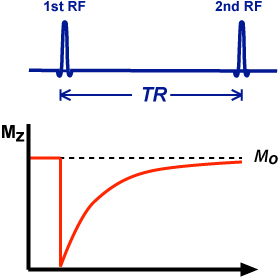Electromagnetic Induction
Electromagnetic induction
Electromagnetic induction is the induction of electric current via changing magnetic fields. Magnetic fields are generated by moving charges (equivalent to electrical current). Ampere’s law or Fleming’s right hand rule determines the magnitude and direction (i.e. clockwise or anti-clockwise) of the magnetic field with respect to the direction of the flow of current. That is, if you point your right thumb in the direction of the current, the magnetic field will follow the curve of your fingers.
Changing magnetic fields can induce an electric current. When a magnet is moved in and out of a closed circuit, an oscillating current is produced which ceases the moment the magnet stops moving. This is explained by Faraday’s law of induction. The change in magnetic flux through a closed circuit induces an electromotive force (EMF) in the circuit. The EMF drives a current in the circuit.
The laws of electromagnetic induction state that the induced EMF is:
- proportional to the rate of change of magnetic field and the area of the circuit
- in a direction so that it opposes the change in magnetic field which causes it (Lenz’s law)
In relation to MRI, the spinning charge of hydrogen protons cause the magnetic field surrounding it, and the movement of net magnetisation vector across the area of the receiver coil induces an electric current in the coil.



Comments
Post a Comment